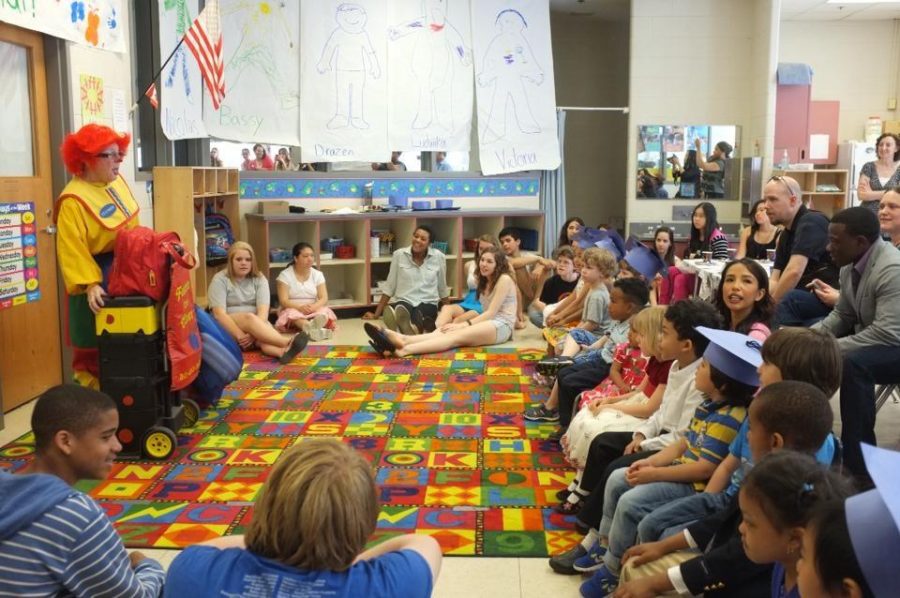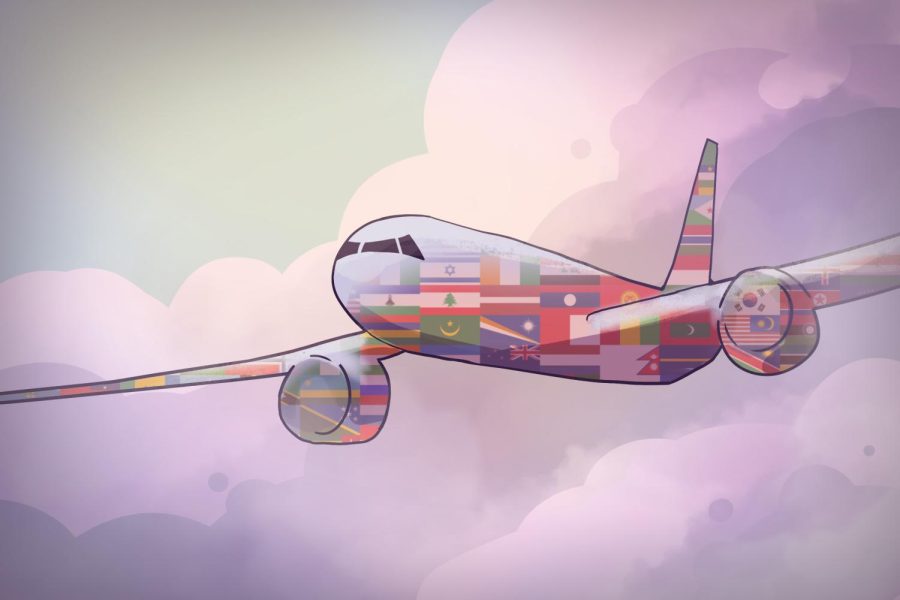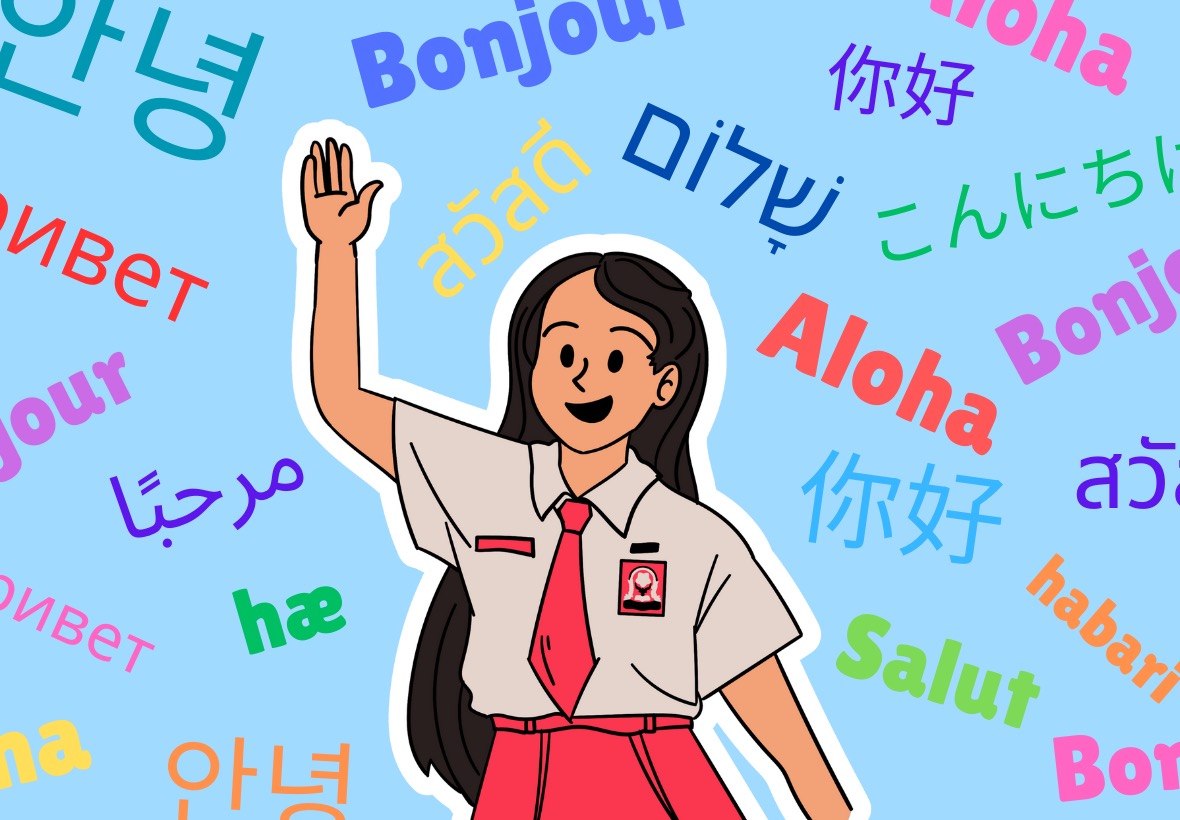Last week, I leaned out of a train travelling across the Indian countryside, danced with hundreds of people at a “Garba” festival and watched the destruction of giant statues of Hindu gods with explosives and fireworks.
Studying at an Indian school has a lot of perks, such as the breaks for Hindu and Muslim holidays. We had a long break last week for the Hindu holiday of “Dusherra,” which is celebrated the victory of Lord Ram over Lord Ravan with the burning of statues.
Something really cool about India is that each state and region has its own totally different language, food, dress and culture. So a “Dusherra” celebration in New Delhi is totally different than one in Ahmedabad, Bombay or Chennai.
As part of the holiday, the 50 exchange students from all over the world who live in India all met in Ahmedabad, Gujarat, to participate in the “Navratri” celebrations. Along with two other Americans, three Italians and one student from Switzerland, I experienced an exhausting 18-hour train ride through India for the first time.
I was lucky enough to travel in the comforts of an A/C car, where people can sleep and only be bothered slightly by vendors selling anything from soup to “chai” to fake jewelry. I also had a chance to see through the windows the various children, mud huts, villages and farm animals not commonly seen in the modern city of New Delhi.
While I sat on the train and contemplated what the next few days would be like, I assumed that I would witness a couple of “poojas,” or prayer ceremonies, and eat some Gujarati food. This was not the case.
“Navratri” is a week of parties, some with over 1000 people. Every night, people wear traditional clothes and gather in community areas for “Garbas,” where people do traditional Gujarati dances in circles all night long. I danced with exchange students from Italy, Germany, Canada, Austria, South Africa and Thailand, who are all living in different cities in India.
On the final night of “Navratri,” the day of “Dusherra,” I walked to the local community club and witnessed the burning of Lord Ravan and other statues, from about 100 feet away. Three massive statues of Hindu gods and a castle are constructed with bamboo, sticks and cloth and then filled with explosives and fireworks. Back in Bethesda, fireworks are illegal. But in India, safety standards are a bit more relaxed.
As people of all ages watched, the statues lit up, one at a time, sending a shower of sparks, burning leaves and pieces of cloth in to the air. People cheered and clapped as the statues burned, representing the defeat of the evil Lord Ravan.
As I, the only American in a massive crowd of people, ran backwards to escape the burnt shrapnel falling from the sky, I definitely understood that this year I am experiencing what some people call “Incredible India.”










